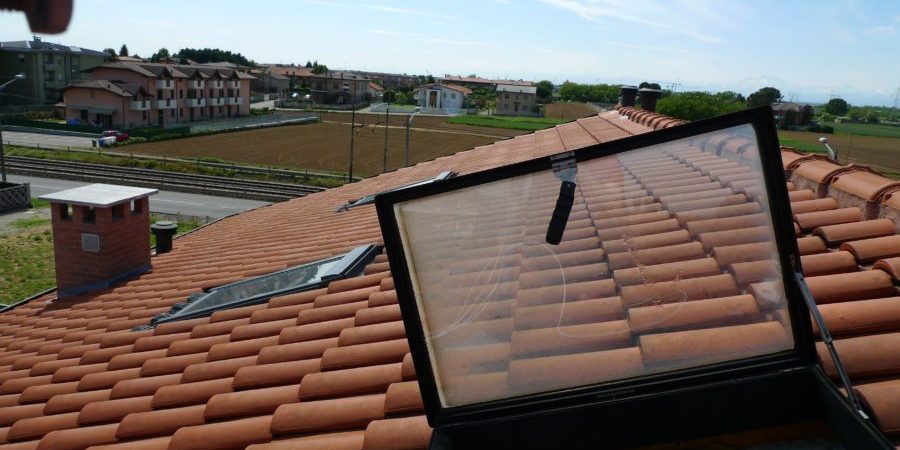
How long should my roof last?
Roof longevity depends on 3 key factors:
Quality of Installation
Local climate
Type of Roof.
Local Climate
One of the factors most overlooked when installing a roof is the local climate. Things to consider: How dry or is it the weather normally? Does it snow in the winter? or get over 100 degrees in the summer? How often does it rain? How often do you get major stormsl like hail, tornadoes, or hurricanes? Do you have a lot of trees surrounding the home? Do you get much shade?
When considering all of these factors, for example you live in an area that regularly gets high speed windstorms, installing a roof that has a high-wind rating may be worth the additional investment. If you live in an area that gets a lot of snow, you may want to invest in a roof that has a higher weight capacity, like tile or metal, so you can be better protected if snow accumulates on top of your roof.
For most homeowners, a good quality Asphalt Shingle roof checks most boxes, and has the best value for the price of installation. It’s also the easiest to install, but that doesn’t mean all shingle roofers are created equal.
Quality of Installation
No matter what kind of material you use to roof your home, if it is installed incorrectly, or poorly it will not last as long as a properly installed roof. Most roofing manufacturers require not only their main product to be used but also the accessories that are built specifically to work together. This will ensure a high-quality install and is often a requirement to be registered for their warranties.
There are a lot of ways to tell a great contractor from a good one. You can look at their reviews online, their reputation and their prior work, ask your neighbors, or even call them and see how long it takes them to have someone reach back out.
But to really make sure your contractor is top-notch, we’ve put together this list of the top 3 questions we recommend asking any contractor, and of course our answers to them!
1. Can you show me proof of your General Liability and Workers Comp?
As a contractor, you can become “Licensed, bonded, and insured” overnight and for under $200 online.
Having the right kind of General Liability (GL) and Workers Comp (WC), however, can be very costly for roofers. These policies can range anywhere from $800 – $2,000 per month depending on the size of the company. As such, some companies choose to forego this coverage and risk it or use their sub-contractor’s coverage. However, by law, any roofing contractor must have full GL & WC coverage before they can climb a roof, even if it’s just to inspect it. Should anything happen to a roofer while on your roof, you may be liable for the damages or health expenses.
Asking to see a contractor’s proof of GL & WC coverage shows you that they are not just a Chuck in a Truck kind of contractor. It shows that have invested in the right kinds of protection for themselves, your home, and of course you as a homeowner.
Our Answer: We maintain both GL&WC coverages and are bonded for up to $2 million per event for workers comp and general liability.
2. How long is your standard workmanship warranty?
There are two kinds of warranties you get from a roofing contractor. The manufacturer defect warranty, and the workmanship warranty. For more information on warranties, please read more here: Warranties, Warranties, Warranties!
The manufacturer defect warranty comes from the manufacturer of the material your contractor will be using. For example, we primarily use Atlas Roofing products, specifically the Atlas Pinnacle Pristine Roofing System, and they stand behind their products so much that even if you as a homeowner were to install their shingles, you would be covered by a 10-year manufacturer defect warranty. Because Yellow Sun Contracting is an Atlas Certified Roofing Contractor, we are able to offer the Lifetime Manufacturer Defect Warranty, giving you peace of mind for the entirety of your ownership of the home.
The workmanship warranty however your protection against any mistakes the contractor may make. Most roofers offer a 2, 5, or 10-year standard workmanship warranty. Some may even try to sell you extended 10 or 25-year warranties for up to $1000 extra or more. If the contractor is only confident enough to offer workmanship coverage of 2 years or less, they may not be the best choice.
Our Answer: At Yellow Sun Contracting, we offer a LIFETIME Workmanship Warranty.
We take the extra time and care during the installation to make sure every roof is installed up to manufacturer standards, up to local building codes, and that all accessories are included and installed correctly. These steps give us the confidence to offer a Lifetime Workmanship Warranty on every roof we do at no cost to you.
3. what processes and systems will your workers follow when replacing my roof?
Replacing a roof is a pretty straightforward process. It really comes down to 3 steps: Remove Old Roof, Install New Roof, and Clean Up.
But within these three steps there are long lists of sub-steps that need to be followed in order to ensure a quality installation.
Our Answer: This example is of a standard asphalt shingle roof replacement.
| Before the install: |
|
|---|---|
| Remove Old Roof: |
|
| Install New Roof: |
|
| Clean Up: |
|
Type of Roof
There are many kinds of roofs in the world, but the most common residential roof materials in the US are asphalt shingles, metal, and tile roofs for most residential homes. Commercial properties with flat roofs usually have some kind of rubberized coatings, either EPDM, TPO, or PVC.
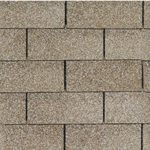 |
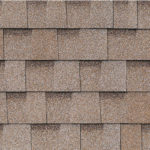 |
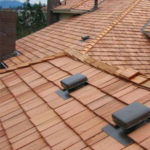 |
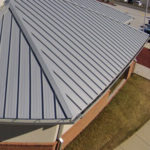 |
 |
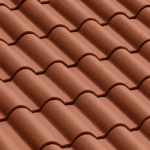 |
|---|---|---|---|---|---|
| 3-Tab | Architectural | Wood | Metal | Slate | Tile |
| 15-25 Years | 20-30 Years | 25-30 Years | 25-40+ Years | 40+ Years | 40+ Years |
Asphalt Shingles

Asphalt shingles come in two main types: 3-tab and Architectural(often called dimensional or laminate).

